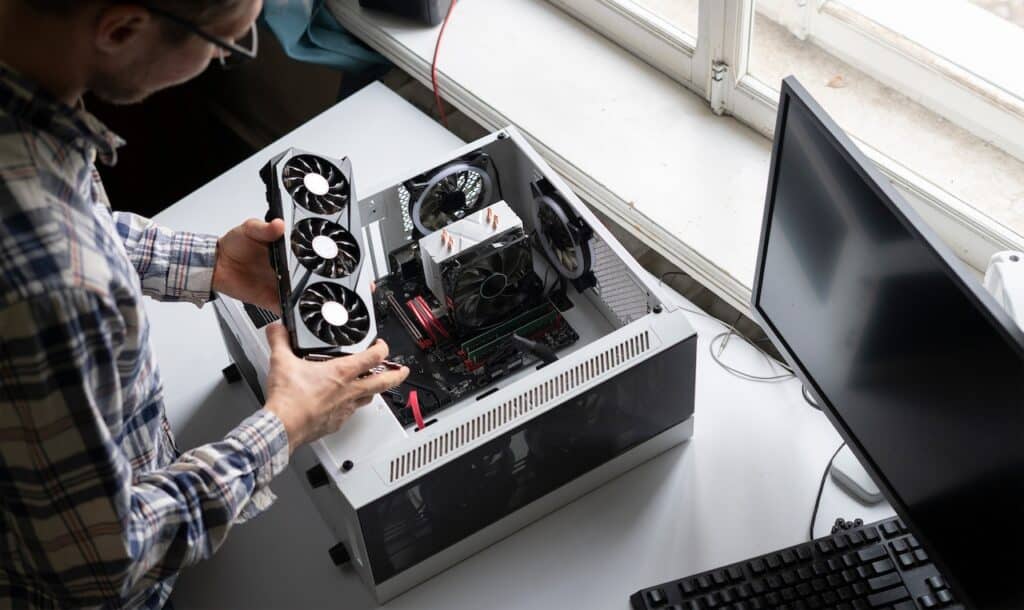Does CAD Software Require a Graphics Card? What Designers Need to Know

When paired with CAD, a software that’s a crucial tool for architects, engineers, and other creatives, a graphics card can help turn your 2D drawings into impressive 3D models.
However, when choosing a graphics card for your CAD software, there are a few things you should keep in mind.
We’ll walk you through the advantages of using a CAD software graphics card and what you need to do to find one!
Benefits of CAD for Architects and Designers
Computer-aided design (CAD) software has become an essential tool for architects and designers. In the past, these professionals relied on pencil and paper to sketch out their ideas. But with CAD, they can create highly detailed, precise drawings and 3D models that can easily be shared with clients and colleagues.
When you implement CAD, you’ll see big changes in your work:
Increased accuracy: There is no need to worry about making mistakes when drawing by hand. You can easily fix any errors with just a few clicks of the mouse.
Improved efficiency: Once you get the hang of using CAD, you will be able to work much faster than you would with pencil and paper. This is because you can quickly make changes and try out different ideas without having to start from scratch each time.
Greater flexibility: You have the freedom to experiment with different designs and ideas without being constrained by the limitations of pen and paper. You can also easily make changes to your drawings if you need to.
Enhanced collaboration: It’s easy to share CAD drawings and models with clients and colleagues via email or through online collaboration tools. This makes it easier to get feedback and make changes to your designs.
If you’re an architect or designer who hasn’t yet made the switch to CAD, the time is now! You’ll be amazed at how much it can improve your work.
Why You Need a Graphics Card for CAD
A graphics card (also referred to as a video card) is a necessity if you want to use CAD because the software is very demanding on your computer’s resources. To run CAD smoothly, you need a powerful processor and a lot of RAM. But to access the full potential of CAD, you need the right graphics card.
A graphics card is responsible for rendering the 3D images and designs that you create in CAD. Without a good graphics card, your computer will struggle to render complex 3D scenes, which will make working in CAD very slow and frustrating.
So if you’re serious about using CAD, it’s time to invest in a good software graphics card. But with so many different models and brands on the market, it can be hard to know which one to choose.
How to Choose the Best Graphics Card
When selecting a graphics card for your CAD workstation, there are three main things you need to keep in mind:
Memory: The amount of memory (measured in GB) on a graphics card is important because it determines how much detail your computer can store and render. For CAD, we recommend choosing a card with at least 4GB of memory.
Clock speed: This measures how fast the graphics card can process information and is measured in MHz. A higher clock speed will result in smoother performance when working in CAD.
Ports: Most graphics cards will have multiple ports that you can use to connect to your computer. The most common ports are HDMI, DVI, and DisplayPort. Make sure the card you choose has the right port for your needs.
When it comes to graphics cards, you get what you pay for. So if you can afford it, we recommend opting for a high-end card that will future-proof your workstation.
Create Your Best Designs with TrinWare
If you’re trying to access the full power of CAD, TrinWare can help. We offer a wide range of CAD software and hardware and have years of experience working with architects, designers, and other creatives. So whatever your budget, we can help you find the perfect solution for your needs. Reach out to us today!


